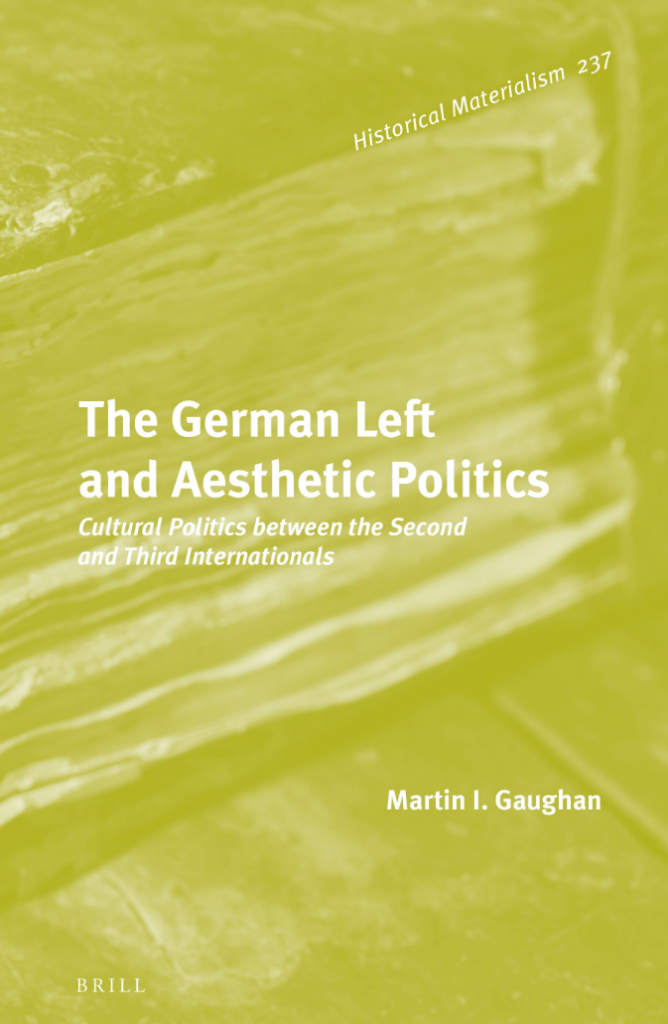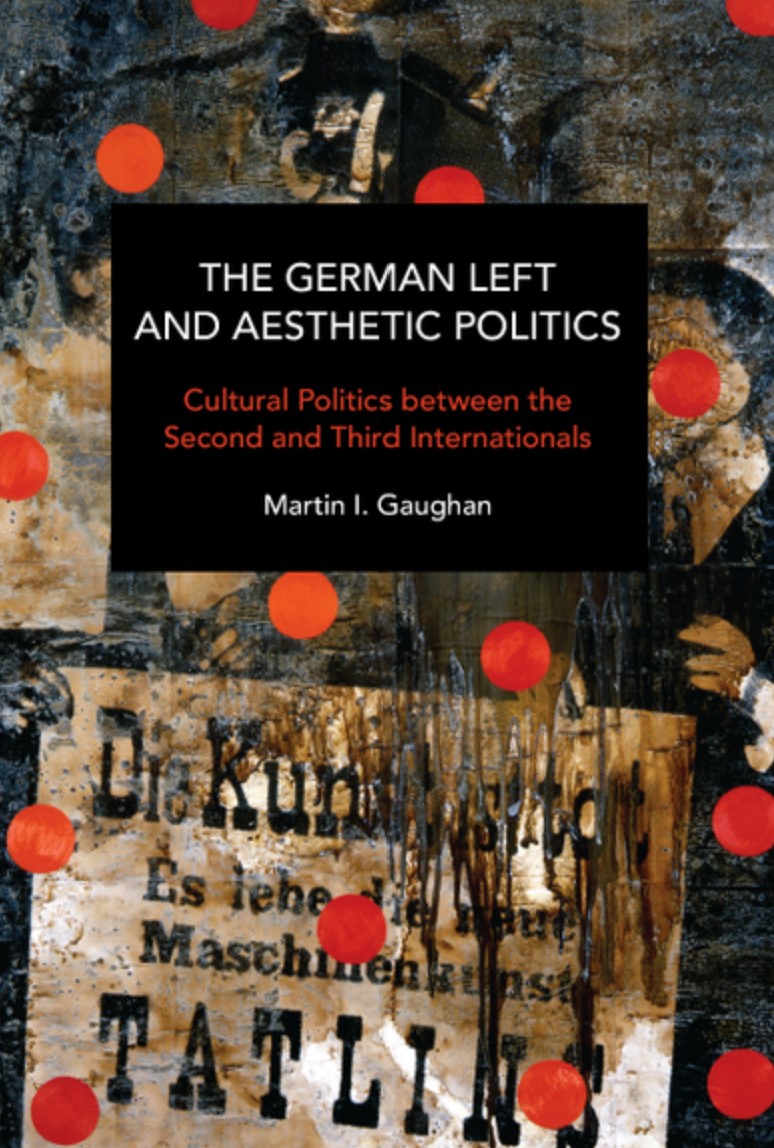Martin I. Gaughan
Biographical Note
Readership
This book is of interest to those exploring the fundamental status of culture as being intertwined in a complex set of relationships with more apparently materialist discourses, e.g. the political and economy.
Table of Contents
Introduction
1 Franz Mehring: Literary Practice as a Socialist Form
1 A Portrait
2 Biographical Sketch
3 The Question of an Aesthetic Practice
4 Die Lessing-Legende
5 The Plays: ‘Minna von Barnhelm’ and ‘Emilia Galotti’
6 The Critique of Naturalism
2 Political Spontaneism and Cultural Practice
1 Political Spontaneism and Cultural Practice
2 The ‘Kunstlump’ Debate
3 Erste Dada-Messe (The First Dada Fair): ‘Die Kunst ist tot. Es lebe die neue Maschinenkunst Tatlins’
4 Das Proletarische Theater
5 Franz Jung: Activist and Artist
6 Herzfelde’s ‘Gesellschaft, Künstler und Kommunismus’ (1922)
7 Art and/or Politics 1919–22
3 Märten and the Development of a Theoretical Position: From Reformism to the November Revolution
1 The Historical Materialism Debate 1920–21
4 The ‘German October’ and Reconfiguration
1 The ‘German October’
2 Intellectuals and ‘the Second Culture’
3 Practice: From ‘Die Rote Gruppe’ to the ‘Assoziation revolutionärer bildender Künstler Deutschlands’
4 Wittfogel’s Aesthetic Programme
5 Thalheimer’s Introductions to Mehring’s Oeuvre
5 Wittfogel’s Critique of Thalheimer’s Introduction
1 Zur Frage der marxistischen Ästhetik (On the Question of Marxist Aesthetic)
2 Wittfogel’s Series
3 Becher: ‘Unsere Wendung’ (Our Turning Point)
4 Lukács and Die Linkskurve
5 Reportage or Portrayal
6 From the Second to the Third International: Lukács’s ‘Franz Mehring, 1846–1919’
7 ‘Nur-Kampfkultur oder positive Kultur’?
Conclusion
6 Crisis and Critique: Continuity and Conflict
Appendix: Towards a Materialist History of Art
References
Index


